Building a chicken coop is a rewarding project. It offers fresh eggs and a sense of accomplishment. Whether you're a DIY enthusiast or a backyard farmer, this guide is for you. Planning is crucial before you start building. Consider the number of chickens and the space available. A well-designed coop ensures your chickens are safe and comfortable. It also makes maintenance easier.
Choosing the right materials is key. They should be durable and weather-resistant to withstand the elements. A raised coop can protect against predators and provide better ventilation. Incorporating a chicken run allows your chickens to roam safely. It also keeps them healthy and happy. With the right plans and tips, you can build a coop that suits your needs and style.

Before you start building, planning is essential. The size of your chicken coop depends on the number of chickens you intend to keep. Each chicken needs adequate space for comfort and health. Typically, allocate about four square feet per chicken inside the coop. More space is needed if they are kept indoors more often.
Choosing the right location for your coop is vital. Place it in an area with good drainage and ample sunlight. Avoid placing it in low spots prone to flooding during rainy seasons.
Regulations vary by location, so research local laws. Some areas have specific rules on coop size and chicken numbers. It’s best to check with local authorities before beginning your project.
Consider these factors when planning:
Additionally, think about accessibility. A location near your home makes daily maintenance easier. It also allows you to spot any signs of trouble quickly.
Keep predators in mind when selecting your coop site. Avoid areas near dense shrubs or trees where predators can hide. By thoughtfully planning the size, location, and ensuring regulatory compliance, your coop project will start on a solid foundation.
When it comes to building a chicken coop, design and layout are critical. Your choice affects both the functionality and the aesthetics of the coop. It's crucial to pick a design that aligns with your space limitations and climate conditions.
Firstly, consider the climate where you live. In colder areas, a coop with insulation and limited drafts is ideal. In warmer climates, focus on ventilation to keep the coop cool. These elements are essential for the health of your chickens.
The layout should include easy access for cleaning and egg collection. Ensure that doors and access points are wide and conveniently located. This simplifies maintenance and improves your chickens' living conditions.
Your chicken coop design should incorporate the following features:
Think about aesthetics as well. A coop that complements your backyard can be a wonderful addition. Blend the coop's design with your garden or outdoor space for a unified look. Choosing a functional and appealing design enhances your backyard's aesthetic and ensures a happy home for your chickens. You can explore chicken coop designs here.
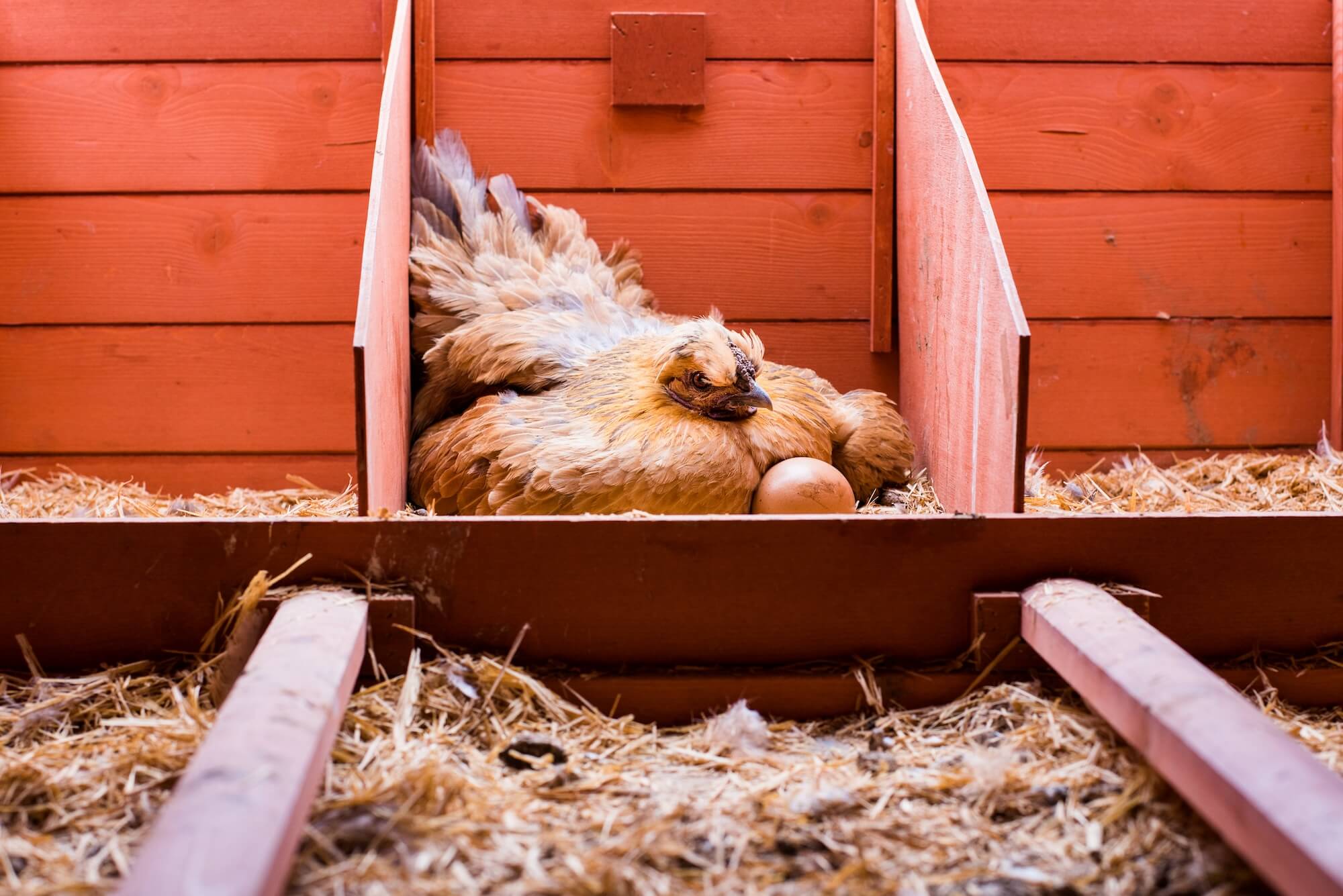
Building a chicken coop involves integrating key features that ensure your chickens thrive. First, consider roosting bars. Chickens prefer roosting bars to sleep, which keeps them off the ground and away from dampness.
Ventilation is crucial to prevent respiratory issues. Proper air circulation helps maintain a healthy environment and controls odors. Windows or vents can facilitate the airflow needed.
Nesting boxes are vital for egg-laying hens. These should be cozy and private, encouraging the hens to lay eggs safely. Having a nesting box for every three to four hens usually works well.
Make sure the coop has an enclosed run or pen, providing safe outdoor space. This allows chickens to roam and exercise, which is crucial for their well-being. Adding an automatic chicken door can help reduce the need of opening and closing the doors daily for them to enter and exit the coop.
Protection against predators is essential. Reinforce the structure and use secure latches and locks. Consider installing wire mesh to prevent entry by unwanted guests. Raccoons can easily figure out latches so be sure to secure them with carabiners or locks.
Here are the essential features to incorporate:
By ensuring your coop has these features, you'll create a safe, comfortable, and productive environment for your feathered friends. Prioritizing these elements encourages a healthier flock and more abundant egg production.
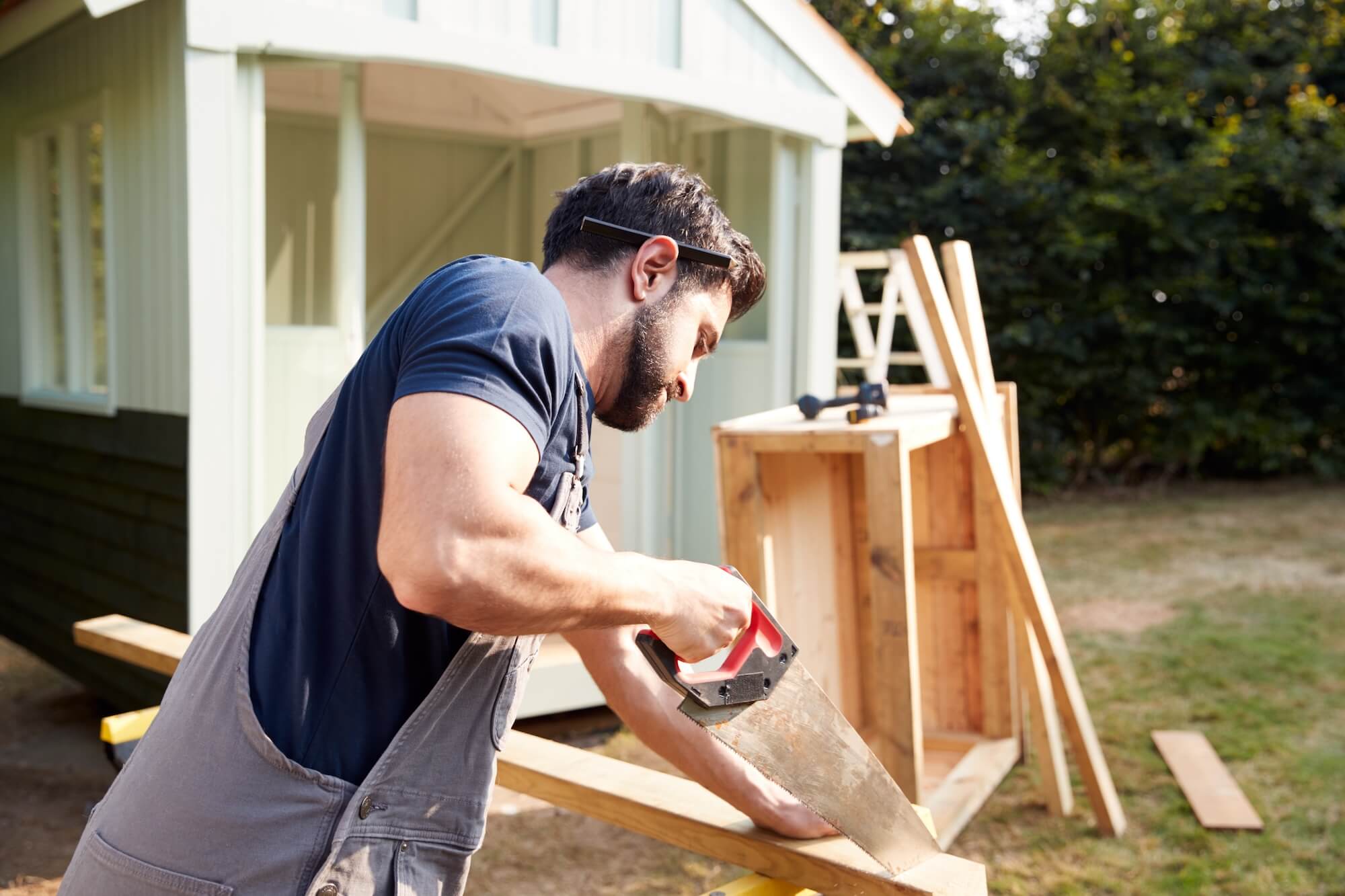
Choosing the right materials for your chicken coop is essential for its longevity. Start by prioritizing durability, as the coop needs to withstand daily wear and tear. Wood is a popular choice due to its sturdy nature.
Safety is another key consideration. Avoid materials that might harm your chickens, such as treated wood that can release toxins. Be sure the materials used are non-toxic and safe for the flock.
Weather resistance should also factor into your decisions. Using materials like galvanized steel for the roof can protect against rain and sun. This helps maintain a dry and comfortable environment inside the coop.
Here’s what to keep in mind when selecting materials:
By selecting the right materials, you enhance the coop's functionality and safety, ensuring it stands against the elements. Making thoughtful choices in materials can lead to a coop that is both safe and enduring.
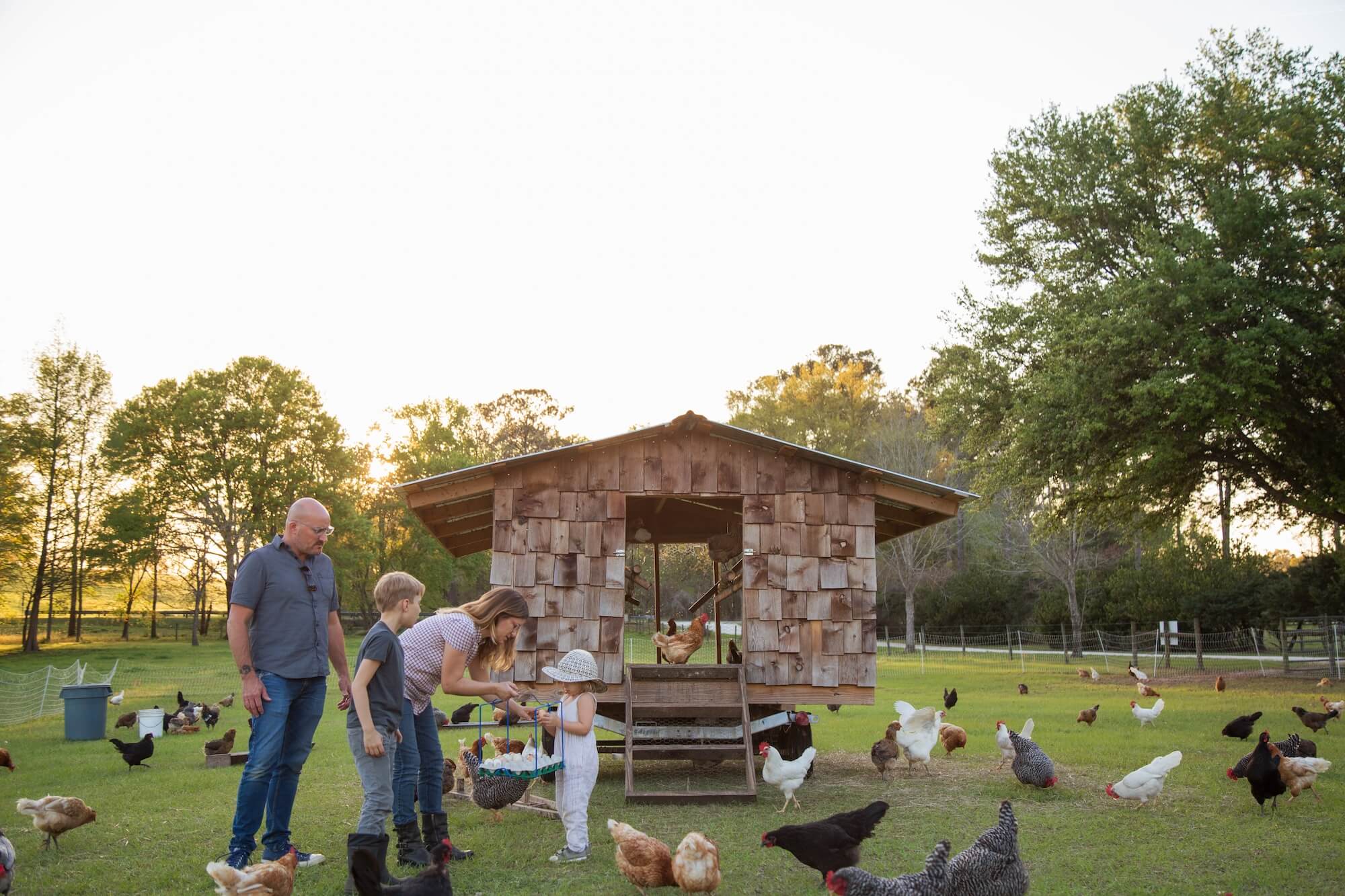
Building a chicken house doesn't need to be complex. With some basic tools and clear plans, you can construct a functional coop. Start by gathering all the materials needed for the construction.
Completing these steps will give you a chicken house that's both functional and secure. Taking the time to build it carefully ensures a comfortable living space for your chickens.
When constructing a chicken run or pen, space and safety are top priorities. Each bird needs ample space to move freely. Overcrowding can lead to stress and health issues.
Security is another crucial aspect. A well-secured chicken run keeps predators out and your chickens safe. Use strong, durable materials like welded wire or galvanized hardware cloth for enclosures.
Consider how chickens love to explore and forage. Include elements like dust baths and shaded areas in the pen. This not only enriches their environment but also promotes natural behavior.
Remember, a properly designed chicken run allows for easy monitoring and maintenance. Ensure you have access points for cleaning and checking on your flock. Keep these aspects in mind:
Building a well-planned run or pen guarantees a healthy and thriving flock. The attention to detail in designing the space will benefit both you and your birds.

Keeping predators away from your chickens is essential. A well-protected coop ensures your flock's safety. Start by securing all possible entry points.
Use materials like hardware cloth instead of chicken wire. It's tougher and can withstand determined predators. Make sure to bury fencing at least a foot underground. This will deter digging animals like foxes.
In addition, lock all doors and windows with strong latches. Nighttime is especially dangerous for chickens, so make sure the coop is securely closed each evening.
Enhance security with motion-activated lights or alarms around the coop. This can scare off unwanted visitors. For a quick checklist, remember to:
Read more about common predators for different types of livestock in North America. With these steps, your chickens will have a safe haven against common threats. Implementing them will provide peace of mind for you and security for your flock.
A well-ventilated coop is vital for your chickens' health. Good airflow reduces moisture and keeps the air fresh. It also helps in preventing respiratory issues among chickens.
Insulation is equally important, especially in cold climates. A well-insulated coop maintains a stable temperature, which is crucial during harsh winters. Use materials like foam boards or straw to line the walls.
Don't overlook temperature control in your coop design. Proper openings like vents allow hot air to escape in summer. Here are some key points to remember:
These features will create a comfortable environment for your flock year-round. Implementing these strategies enhances the coop's functionality and your chickens' well-being.
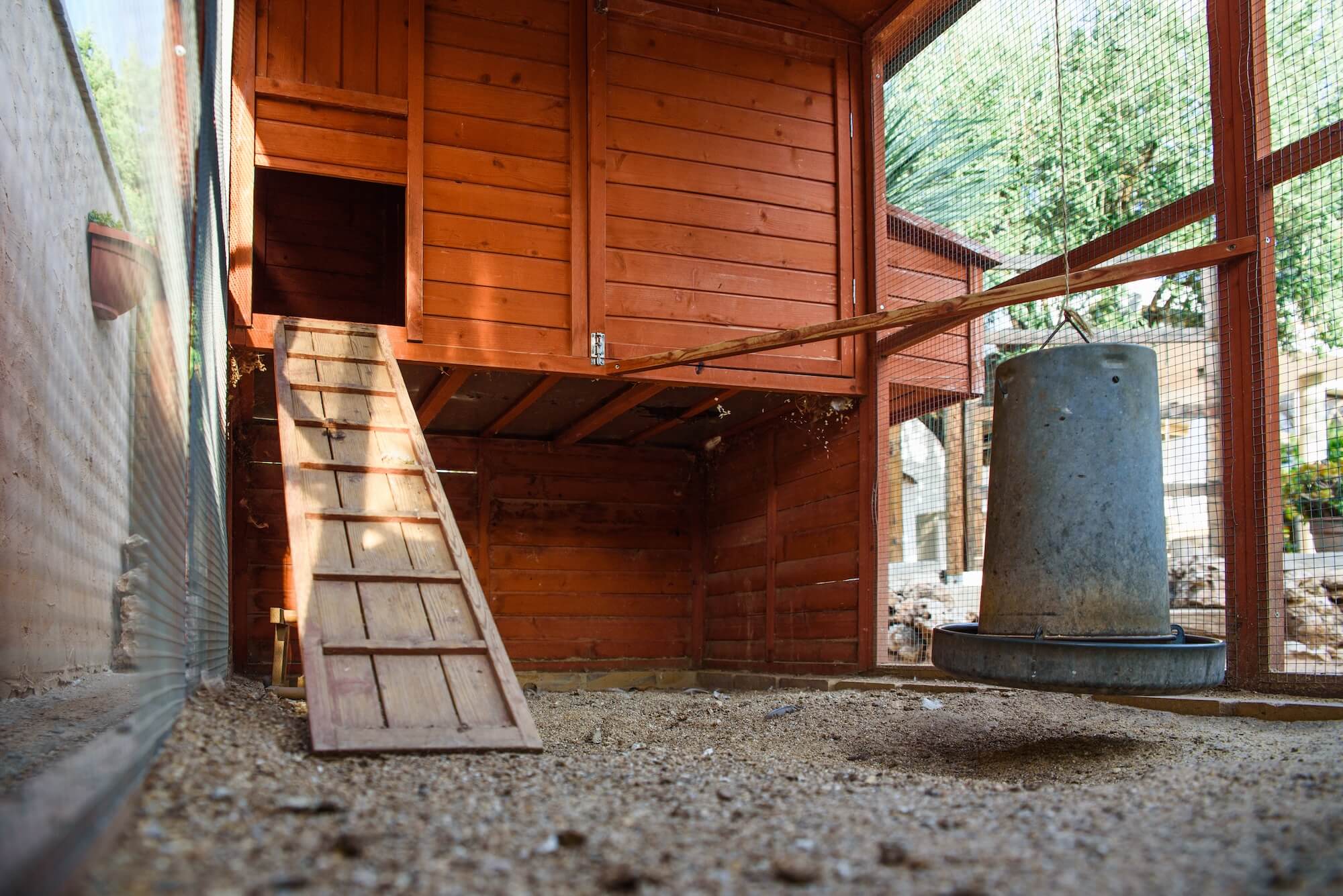
Maintaining a clean coop is crucial for your chickens' health. Design your coop for easy cleaning to save time and effort. Access should be straightforward, without obstructions.
Use removable trays for easier waste management. This makes cleaning faster and more efficient. Regular cleaning prevents odor and disease, so stick to a schedule.
Consider these maintenance tips:
A clean coop promotes a healthy flock and prolongs the life of the structure. Implement these strategies to keep your coop in top condition. Here are more tips on how to maintain a clean chicken coop.
Limited space doesn't mean you have to sacrifice creativity. By thinking outside the box, you can design a compact yet efficient chicken coop. Vertical space is your friend, so consider multi-level designs to maximize use.
Use raised coops to free up space below for a chicken run. This setup provides exercise space without a large footprint. Modular or A-frame designs are also excellent for tight spaces.
Think about these space-saving ideas:
By adopting these techniques, even small backyards can host happy, healthy chickens. Get creative to make the most of your available space.
For those who want a swift start, DIY chicken coop kits are a fantastic choice. These kits include pre-cut materials and detailed instructions. You can assemble a coop in less time than starting from scratch.
Quick-build options are perfect for beginners. They provide an efficient path to housing your chickens safely without extensive carpentry skills. Such solutions strike a balance between cost and ease of assembly.
Popular quick-build features:
Incorporating these kits can save you time and ensure you have a sturdy coop. They allow you to focus more on enjoying your new flock.
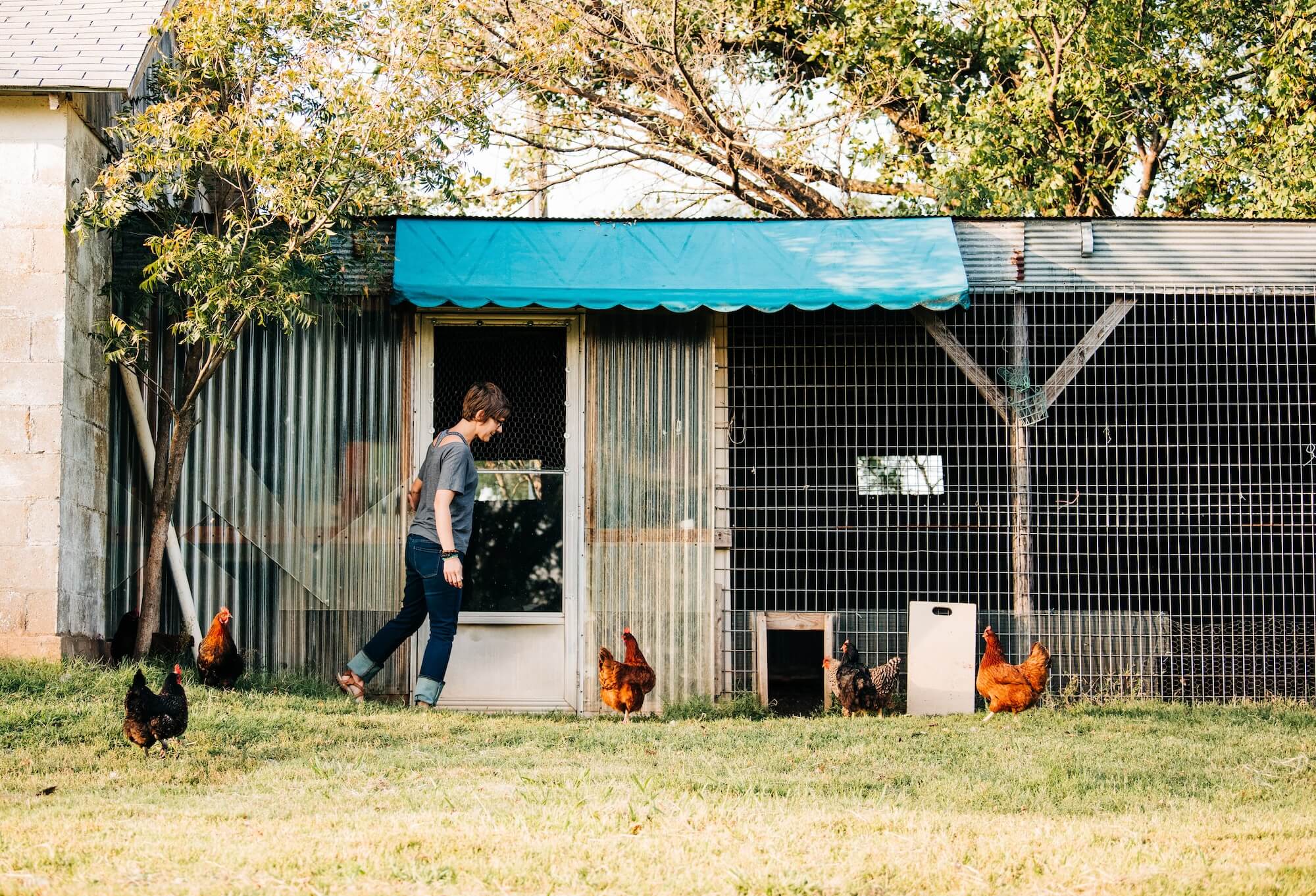
Walk-in chicken coops offer easy access and are excellent for larger flocks. They allow you to enter the coop for cleaning and maintenance without hassle. This design can lead to happier and healthier chickens.
However, walk-in coops require more space and can be pricier to build. Their size might not suit small backyards or those with limited land. It's vital to consider your yard space before building.
Key design ideas include:
Customizing a walk-in coop can make it both functional and visually pleasing. Use these ideas to accommodate your specific needs and landscape.
Building a chicken coop seems straightforward, but common mistakes can compromise your efforts. Avoid these to ensure success. Oversights in planning or construction can lead to issues down the road.
Common mistakes include:
Each error can affect coop durability and chicken health, so address these to keep your chickens safe and happy. Careful planning and execution are key to avoiding these pitfalls.
Building a chicken coop is just the first step toward a productive and profitable poultry setup—but keeping your flock healthy and productive requires ongoing management. With FarmKeep’s chicken and poultry software, you can easily track egg production, feed usage, chicken health records, and even breeding schedules for your hens, ducks, geese, turkeys, or quail. Our farm management app helps you calculate feed-to-egg ratios, monitor expenses, and plan for seasonal changes so your coop stays efficient all year. Whether you’re raising chickens for eggs, meat, or breeding rare poultry breeds for fertile hatching eggs, FarmKeep gives you the tools to optimize your poultry operation and save time while reducing costs.